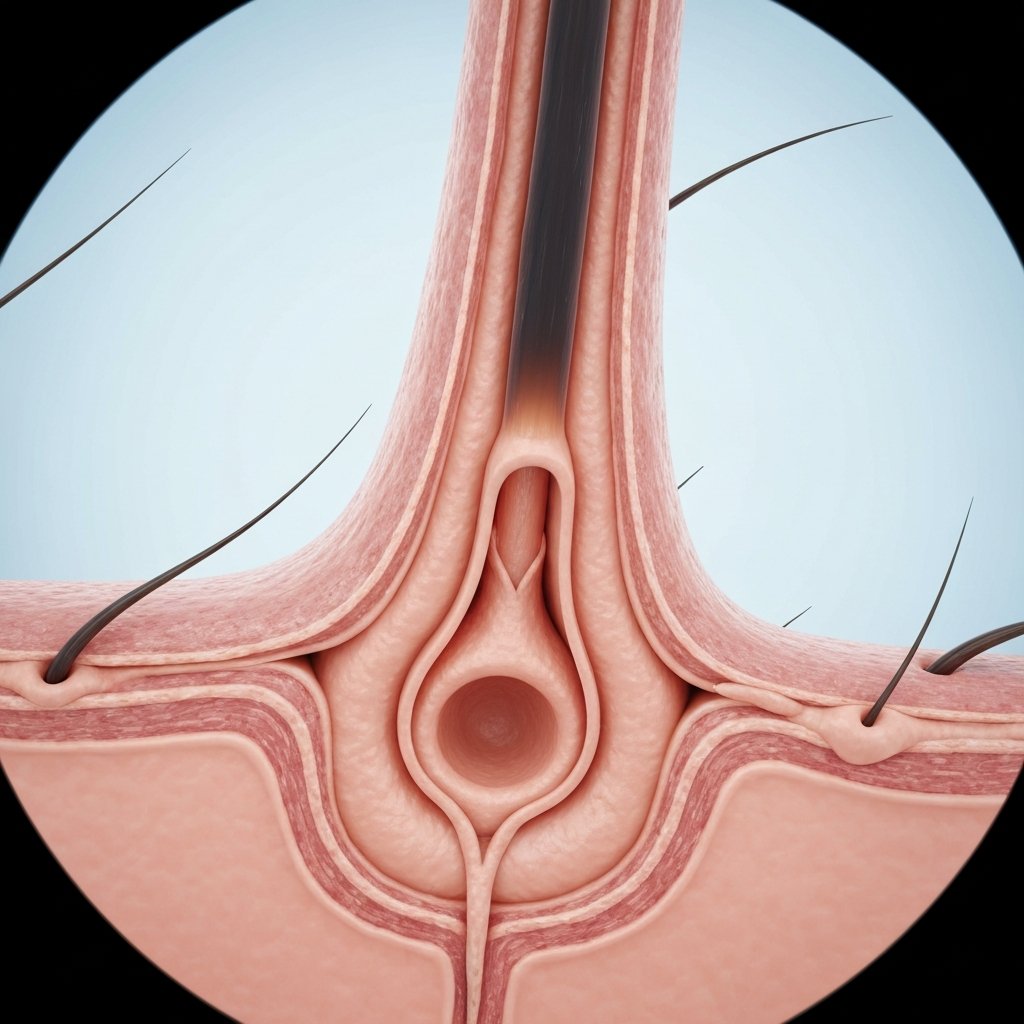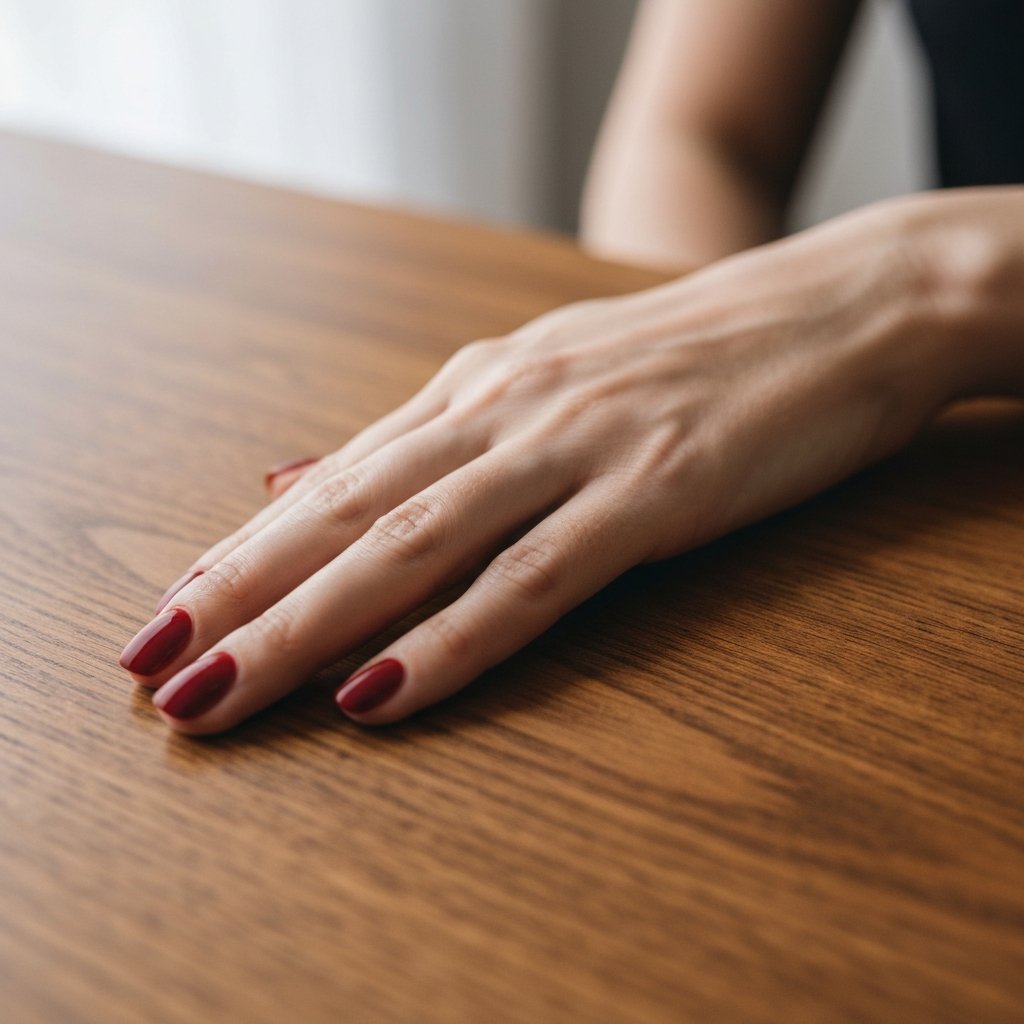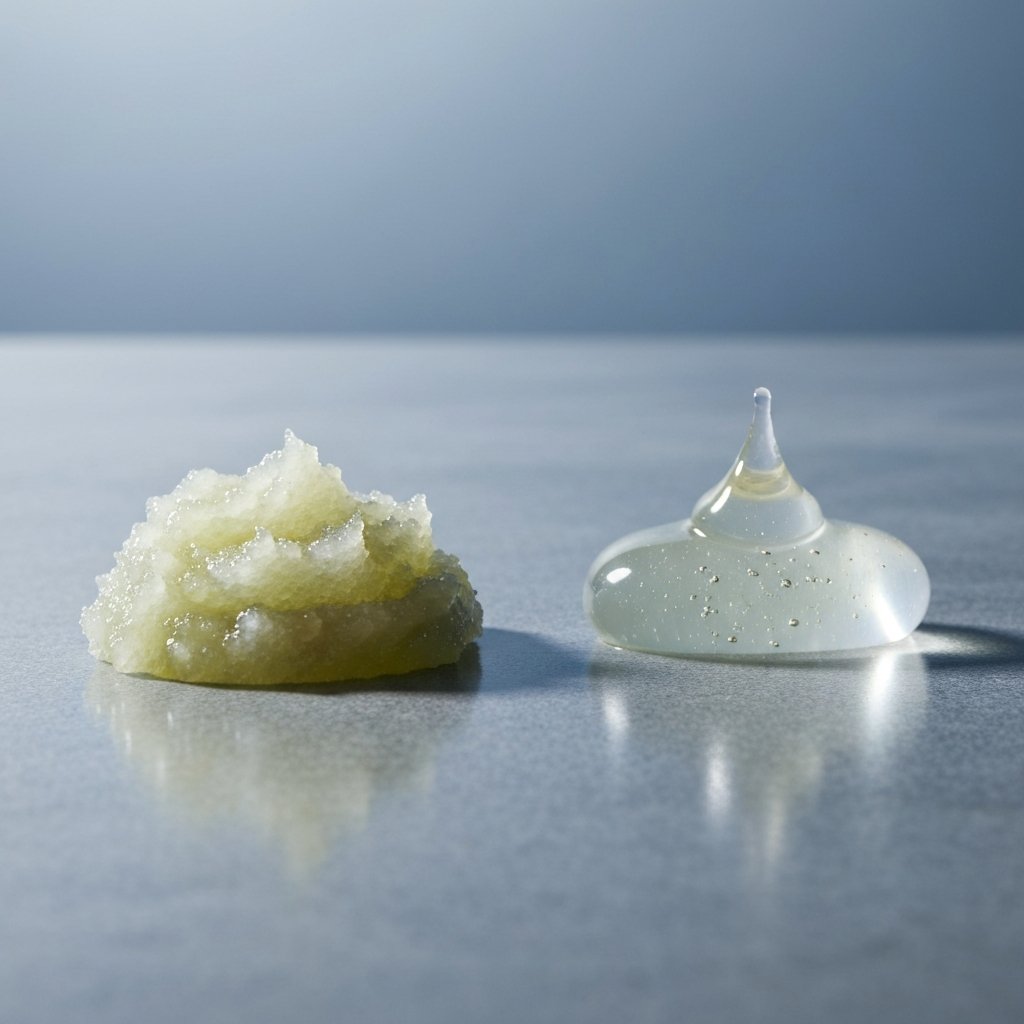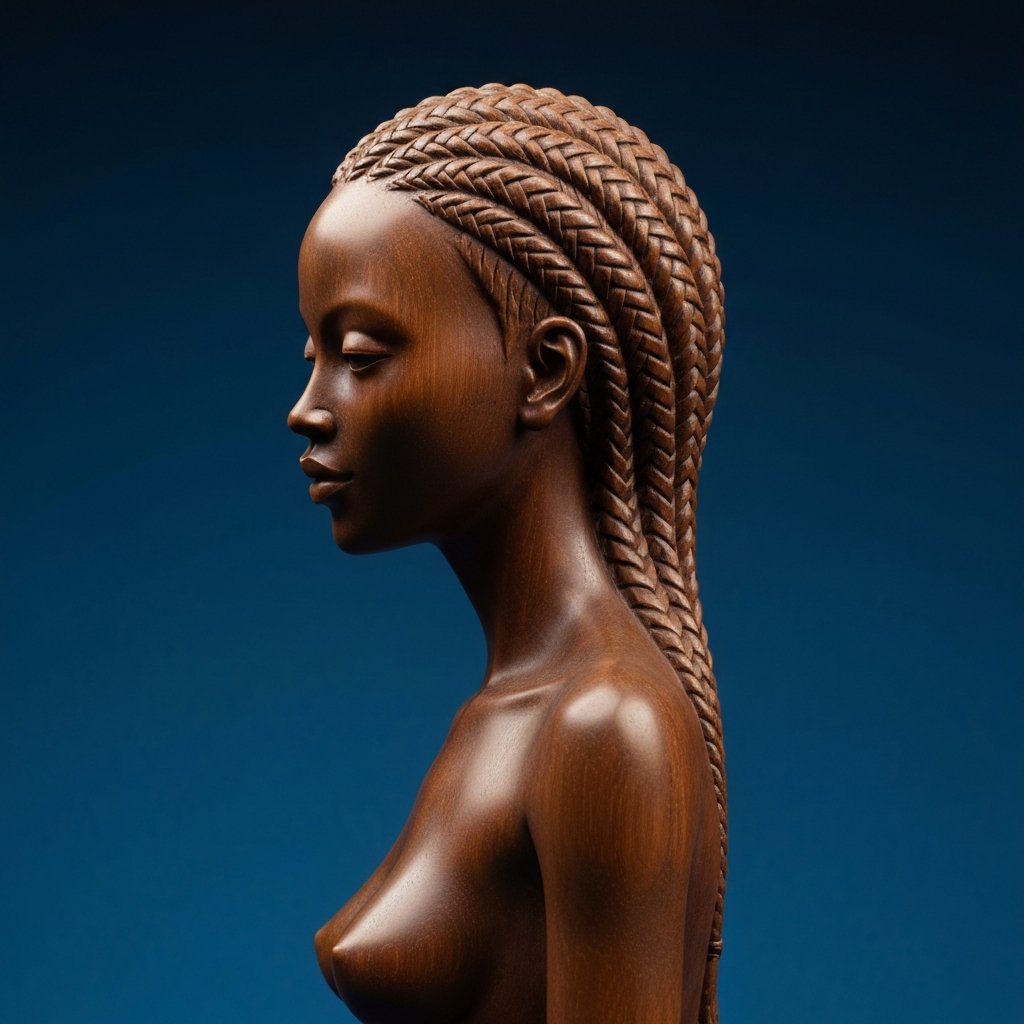
How to Grow Out Bangs Gracefully: Styling Tips for Every Stage | The Ultimate Hair Guide
11 min read

11 min read

10 min read

9 min read

10 min read

12 min read

12 min read
When it comes to beauty routines, most people have their skincare regimen down to a science. We cleanse, tone, moisturize, and—crucially—exfoliate our faces to maintain a glowing complexion. Yet, the skin on our heads, which is an extension of the skin on our faces, is often neglected. Scalp exfoliation is the missing link in many hair care routines, and it is the secret weapon for achieving voluminous, shiny, and healthy hair.
Just like the skin on your face and body, the scalp is constantly shedding dead skin cells. When you combine this natural shedding with sebum (oil) production and residue from styling products like dry shampoo, hairspray, and mousses, you create the perfect storm for buildup. This accumulation can clog hair follicles, stifle hair growth, and lead to issues ranging from dandruff to dull, lifeless strands. Scalp exfoliation is the process of removing this debris to create a healthy environment for hair to thrive.
In this comprehensive guide, we will delve deep into the science of scalp health, explore the different methods of exfoliation, and provide a step-by-step protocol for detoxifying your scalp safely and effectively. Whether you have oily roots, a dry, flaky scalp, or simply want to boost your hair's vitality, mastering the art of scalp exfoliation is essential.
To understand why exfoliation is non-negotiable, one must first look at the biology of the scalp. The scalp contains roughly 100,000 hair follicles, each attached to a sebaceous gland. These glands produce sebum, a natural oil designed to condition the hair and protect the skin. However, when sebum production becomes excessive or mixes with environmental pollutants and dead skin cells, it forms a waxy layer on the scalp's surface. This layer creates a physical barrier that standard shampoos often fail to penetrate.

When hair follicles are blocked by this buildup, the hair cycle can be disrupted. A clogged follicle may produce thinner, weaker hair strands, or in severe cases, the follicle may become dormant, leading to temporary hair thinning. Furthermore, a buildup of dead skin and oil is a breeding ground for Malassezia, a yeast that lives on everyone's scalp but can cause dandruff and seborrheic dermatitis when it overgrows. Regular exfoliation helps regulate the scalp's microbiome by removing the food source (excess oil and skin) for this yeast.
Beyond hygiene, exfoliation stimulates blood circulation. The mechanical action of massaging a scrub or the tingling sensation of a chemical exfoliant increases blood flow to the scalp. Blood carries oxygen and vital nutrients to the hair follicle, which are the building blocks of keratin. Therefore, a stimulated, clean scalp is not just about cleanliness; it is a foundational requirement for optimal hair growth and retention.
Many people live with scalp discomfort for years, assuming it is just their "hair type" or a seasonal issue. However, the scalp often gives clear signals when it is suffocating under buildup. Recognizing these signs is the first step toward restoration.

1. Persistent Itchiness and Irritation If you find yourself scratching your head frequently, even after washing, it is a sign of imbalance. While itchiness can be caused by dryness, it is often the result of trapped bacteria and product residue irritating the sensitive skin around the follicles. Scratching can lead to micro-abrasions, further damaging the scalp barrier.
2. Flat, Greasy Roots Do you wash your hair in the morning, only to find your roots look oily by the afternoon? This is a classic sign of buildup. When the scalp is covered in a layer of old oil and product, the sebaceous glands may go into overdrive to try and lubricate the skin, creating a vicious cycle of oiliness. Additionally, the weight of the buildup physically drags the hair down at the root, killing volume.
3. Visible Flakes (That Aren't Dandruff) Not all white flakes are dandruff. Often, what people mistake for dandruff is actually dried styling product or clumps of dead skin cells that haven't shed properly. If the flakes are small and white rather than large and yellow (which usually indicates fungal dandruff), you are likely dealing with a need for exfoliation rather than a medical condition.
Just as with facial skincare, scalp exfoliants fall into two primary categories: physical (mechanical) and chemical. Understanding the difference is vital for choosing the right method for your specific hair texture and scalp condition.

Improper exfoliation can lead to tangled hair, breakage, and increased sensitivity. Follow this professional protocol to ensure a safe and effective treatment.

Step 1: Pre-Treatment Preparation Start with damp, unwashed hair. Detangle your hair thoroughly before getting into the shower. Attempting to exfoliate tangled hair will result in matting and breakage. If you are using a chemical exfoliant, read the instructions—some are designed to be applied to dry hair before showering.
Step 2: Sectioning is Key Do not simply dump the product on top of your head. To reach the scalp effectively, use a comb or your fingers to part your hair into at least four sections (top, back, and two sides). Apply the product directly to the exposed scalp lines within these sections. This ensures even distribution and prevents you from wasting product on the hair strands.
Step 3: The Massage Technique Using the pads of your fingers (never the nails), massage the product into the scalp using small, circular motions. Apply gentle to medium pressure. If using a physical scrub, avoid vigorous scrubbing which can tangle the hair. Focus on areas that tend to have the most buildup, such as the crown and the hairline. Continue this massage for 2-3 minutes.
Step 4: Rinse and Cleanse Rinse thoroughly with lukewarm water. It is crucial to ensure all granules are washed away. Follow up with a hydrating shampoo. Even though you have exfoliated, a shampoo is necessary to wash away the loosened debris and oil. If you used a chemical exfoliant that doubles as a shampoo, you may skip this step.
Step 5: Deep Conditioning Exfoliation leaves the scalp fresh but can leave the hair feeling slightly stripped. Always follow with a deep conditioner or a moisturizing hair mask applied from mid-lengths to ends. This restores moisture balance and closes the hair cuticle.
While your fingers are effective tools, the beauty industry has introduced various devices to enhance the exfoliation process. Silicone scalp massagers have gained immense popularity for good reason. These handheld tools feature soft, flexible silicone bristles that help work products into the scalp and mechanically lift debris without the risk of scratching that comes with fingernails.

For dry exfoliation, boar bristle brushes are a classic tool. Brushing dry hair from root to tip before showering helps loosen dead skin cells and distribute natural oils down the hair shaft. This "pre-cleanse" step can make your wet washing routine much more effective. However, ensure the bristles are natural boar and not stiff nylon, which can be too abrasive for the scalp surface.
Even with the best intentions, it is easy to go wrong with scalp care. Avoiding these common pitfalls will protect your hair health.

Over-Exfoliation More is not always better. The scalp is sensitive, and scrubbing too hard or too often can strip the natural protective barrier, leading to the "rebound effect" where the scalp produces even more oil to compensate for the dryness. It can also lead to sensitivity, redness, and burning.
Using the Wrong Product for Your Hair Type Someone with fine, bleached hair should not use a coarse sea salt scrub, as it may cause breakage. Conversely, someone with thick, coily hair might find that a weak chemical exfoliant doesn't penetrate through the density of their hair to the scalp. Always match the product intensity to your hair's fragility and density.
Ignoring the Aftercare After exfoliation, the scalp is fresh and absorbent. Applying heavy, silicone-laden styling products immediately onto the roots can re-clog the follicles you just worked so hard to clear. Opt for lightweight, water-based leave-ins and serums immediately after your detox routine.
While at-home maintenance is sufficient for most, there are times when a professional touch is required. Many salons now offer "Scalp Facials" or "Head Spa" treatments. These services utilize high-grade equipment such as microscopic scalp analysis cameras, ultrasonic spatulas, and high-frequency wands to deep clean and sanitize the scalp.

If you are experiencing severe scaling, bleeding, patches of hair loss (alopecia), or intense inflammation, pause all at-home exfoliation and consult a trichologist or dermatologist. These symptoms could indicate conditions like psoriasis or eczema, which require medical treatment rather than cosmetic exfoliation.
Scalp exfoliation is not just a passing trend; it is a fundamental aspect of hair hygiene that bridges the gap between skincare and haircare. By removing the barriers that stifle your follicles, you pave the way for stronger, healthier, and more vibrant hair growth. Whether you choose a gritty scrub or a sophisticated serum, the key is consistency and gentleness. Listen to your scalp, adjust your routine as the seasons change, and remember that beautiful hair always starts at the root.

How often should I exfoliate my scalp? For most people, once a week or every two weeks is sufficient. If you have a very oily scalp or use a lot of styling products, you might benefit from weekly treatments. Those with dry or sensitive scalps should limit exfoliation to twice a month.

Can scalp exfoliation cause hair loss? When done correctly, no. In fact, it promotes growth. However, extremely aggressive scrubbing or using harsh chemicals can cause hair breakage at the root or damage the follicle, leading to temporary thinning. Always be gentle.
Is scalp exfoliation safe for color-treated hair? Yes, but choose your products carefully. Some physical scrubs with sulfates or harsh salts can strip hair color. Look for "color-safe" labels and opt for chemical exfoliants (like lactic acid) which tend to be gentler on hair dye than abrasive scrubs.
Do I shampoo before or after exfoliating? Generally, you should exfoliate before you shampoo. The exfoliant loosens the debris, and the shampoo washes it away. However, always check the specific instructions on your product, as some hybrid formulas replace shampoo entirely.
Can I use a body scrub on my scalp? It is not recommended. Body scrubs often contain larger, coarser granules and heavier oils that are difficult to rinse out of hair and may cause irritation to the more sensitive scalp skin. Stick to products specifically formulated for the head.
What is the best DIY scalp scrub ingredient? Brown sugar is a popular DIY choice because it is gentler than salt and dissolves easily in warm water, minimizing the risk of abrasive damage. Mixing it with a carrier oil like jojoba or coconut oil can create a simple, effective home remedy.

11 min read

10 min read

9 min read